The entire Internet seems to be raving about vertical Pilates RN - your guide to why it's so effective
All the benefits of Pilates, but... vertical.
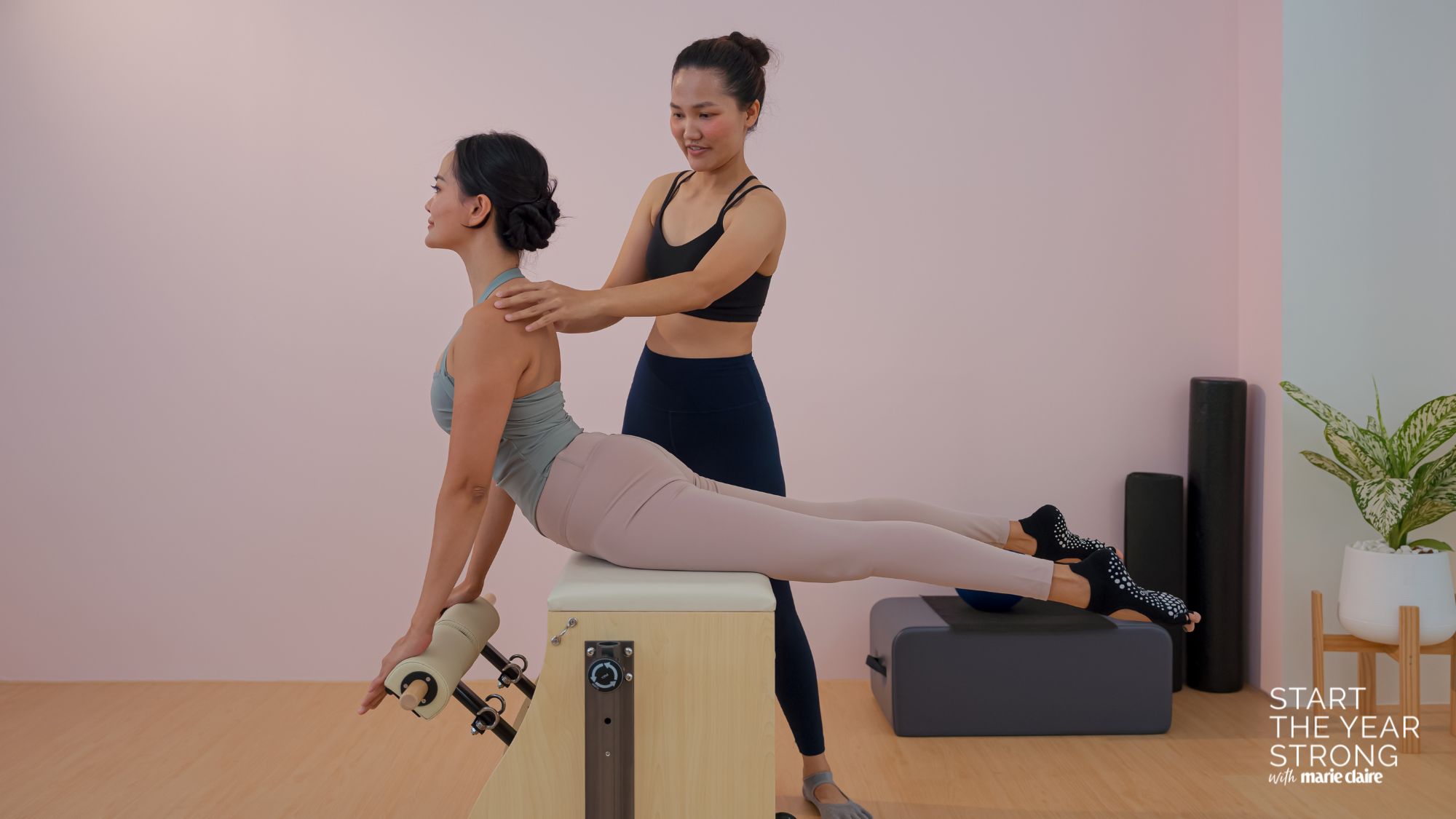

New year, new Pilates iteration: just when you thought you'd seen them all, there really are more ways to practice the breakout workout of 2024. So, if you've committed to making Pilates part of this year's fitness rotation, listen up: vertical Pilates is set to be a huge trend this year.
Yes, that's right: vertical Pilates offers all the fabulous benefits of Pilates but - well, from a standing position, hence its moniker. This makes it perfect for upping the ante on your practice as you challenge your stabilising muscles, and balance, and even blend in some cardio, too.
Essentially a standing form of Reformer Pilates, it's being hailed as *the* next big thing in the world of fitness. Someone who loves a science-backed workout and keen to see what the experts think? Full transparency: at the time of writing the research into vertical Pilates specifically is scant. That said, it's safe to assume that if you're giving it a go, you'll be banking the myriad of benefits associated with the practice more generally.
And we know that of these, there are plenty - studies (such as this one, published in the journal Muscles, Ligaments and Tendons) consistently confirm that Pilates is excellent for improving posture, flexibility, balance and core strength, while further research (like this one, from the Complementary Therapies in Medicine journal) show the practice is just as beneficial for mental health, too.
If you're keen to learn more, keep scrolling for your complete guide to vertical Pilates - and, while you're here, do check out our explainers on the best wall Pilates exercises for beginners, the best Pilates exercises of all time and the best resistance band Pilates workouts, not forgetting our guide to Pilates for beginners and the best Pilates workouts, period.
Vertical Pilates is the lastest viral low impact workout - and it looks seriously fun
What is vertical Pilates?
Vertical Pilates as a form is essentially a twist on traditional Reformer classes, developed by trainer and founder of The Barre Series, Catie Miller. She describes it as "a game-changing fusion of barre, Pilates, and resistance training."
The dynamic and innovative workout involves using a Pilates bar along with resistance bands in an energising, full-body standing workout which promises to target the entire body.
Marie Claire Newsletter
Celebrity news, beauty, fashion advice, and fascinating features, delivered straight to your inbox!
"Vertical Pilates combines the principles of traditional Pilates with standing, bodyweight-based movements," explains Miller. "Using tools like the Pilates bar and resistance bands, it mirrors the benefits of a reformer machine while offering a more dynamic, cardio-infused experience. This approach enhances strength, balance, and flexibility, making it an exciting evolution of Pilates."
What are the benefits of vertical Pilates?
Alongside the well-established benefits of Pilates generally, vertical Pilates offers some specific advantages over traditional reformer classes.
1. It's a time-efficient full-body workout
We know that more traditional forms of Pilates target those small muscles you didn't even know existed till the DOMS sets in - and the vertical iteration is no different, sculpting and toning the whole body.
"Vertical Pilates strengthens your entire body in an effective, low-impact workout," says Miller. "The dynamic nature of the moves combined with a cardio element make it a go-to for busy, health-conscious individuals - it's a truly comprehensive workout."
2. It enhances posture and balance
Pilates is renowed for it's postural benefits, as it targets and strengthens those small, stabilising muscles that are crucial for good posture and spine health.
"There's no doubt that vertical Pilates helps to improve posture and balance," Miller tells MC UK. "Just like traditional reformer, the balance element of the practice engage stabilising muscles, leading to better posture and balance overall."
3. It improves flexibility
Alongside a balance boost, vertical Pilates is excellent for flexibility, too. Not simply a means of bragging to your mates, being flexible offers a whole host of real-life benefits, allowing greater freedom of movement and reducing the risk of injury, making the practice excellent for functional fitness.
4. It's a dynamic cardio workout
While classical Pilates may not make you work up as much of a sweat as a HIIT class, vertical Pilates is faster paced and more intense, making it a great cardio boost for those who like a little spice in their workout.
"Vertical Pilates has a strong cardio element to elevate your heart rate," notes Miller. "The fusion of the power of barre and the dynamic intensity of reformer Pilates creates an energising, endorphin-fuelled cardio challenge."
@tashafranken ♬ Collide (more sped up) - Justine Skye
Who will vertical Pilates appeal to?
If you're already a refomer Pilates devotee (and frankly, at this stage, who isn't?) and are well versed in both strength and cardio workouts, the likelihood is that vertical Pilates will be right up your street.
"Vertical Pilates is ideal for clients who are body-aware and committed to a well-rounded movement practice," notes Miller. "With its emphasis on coordination, cardio, and strength, this method requires a solid foundation in core engagement and technique. An advanced sequence, the practice is designed to elevate your training and deliver transformative results, challenging you to push your boundaries in a safe way."
With this in mind, it's absolutely worth having a few in-studio classes IRL before attempting to practice at home.
5 vertical Pilates moves to try today
While the best way to practice vertical Pilates - especially if you're new to the form - is in a studio, under the watchful eye of an experienced instructor, once you're more seasoned, you can try the following moves from home, designed by Miller as a flow sequence.
A word of caution, though, before you begin: "ensure the Pilates bar is securely anchored to a stable barre or surface, allowing the resistance bungee cords to provide proper tension for each movement," advises Miller.
1. Knee lifts
What? Face the barre (or a sturdy surface), holding the Pilates stick with an overhand grip. Stand with feet hip-width apart. Press your right knee into a bent position and lift it towards your chest. Alternate knees, maintaining tension in the stick.
Why? "This serves as a great warm up," says Miller, "just be sure to keep your core engaged and shoulders relaxed."
How long for? Repeat 16 times.
2. Bicep curls
What? Stand in a plié position (heels together, toes turned out), holding loops attached to the barre. Arms are bent at 90 degrees, palms facing inwards. Pulse your arms inward in small, controlled movements, then lift and lower them.
Why? Strengthen and challenge your arms and core with this simple move - Miller advises keeping your elbows lifted and shoulders down for best results.
How long for? Eight pulses, eight lifts, then a combination for eight reps.
3. First position pliés
What? Stand in first position, holding the stick with a wide overhand grip. Arms are straight in front of your navel, with slight tension in the straps. Perform demi-pliés, pulsing down and back up. Add arm presses, pushing the stick towards your thighs as you lower. Engage your inner thighs and keep your torso tall.
Why? Time to challenge the legs, and there are few moves as intense as the humble plié. Adding the arm presses ramps the move up to a full-body burn.
How long for? Eight pliés, 16 pulses, eight arm presses, and a final combination of all three.
4. Second position relevé pliés
What? Move into second position (feet wide apart, toes turned out), holding the stick. Lower into a deep plié, then lift your heels into relevé as you rise. Focus on keeping your core stable and shoulders square.
Why? This move will activate all the leg muscles, from calves to glutes, in one motion, while you'll also challenge your core strength and stability.
How long for? Eight pliés, eight relevé lifts, and eight alternating twists with the stick.
5. Mermaid stretch
What? Sit on the floor in a pretzel position, holding the stick overhead with a wide grip. Laterally flex your torso, reaching the stick overhead and towards the floor. Hold for a few breaths, then return to centre.
Why? "Vertical Pilates offers a holistic, accessible way to work your body from head to toe, including a stretch at the end of the session," says Miller. "Remember to keep your shoulders relaxed and your movements fluid."
How long for? Eight full movements on each side, followed by gentle pulses in the stretch zone.
Shop MC UK's essential Pilates fit kit now:
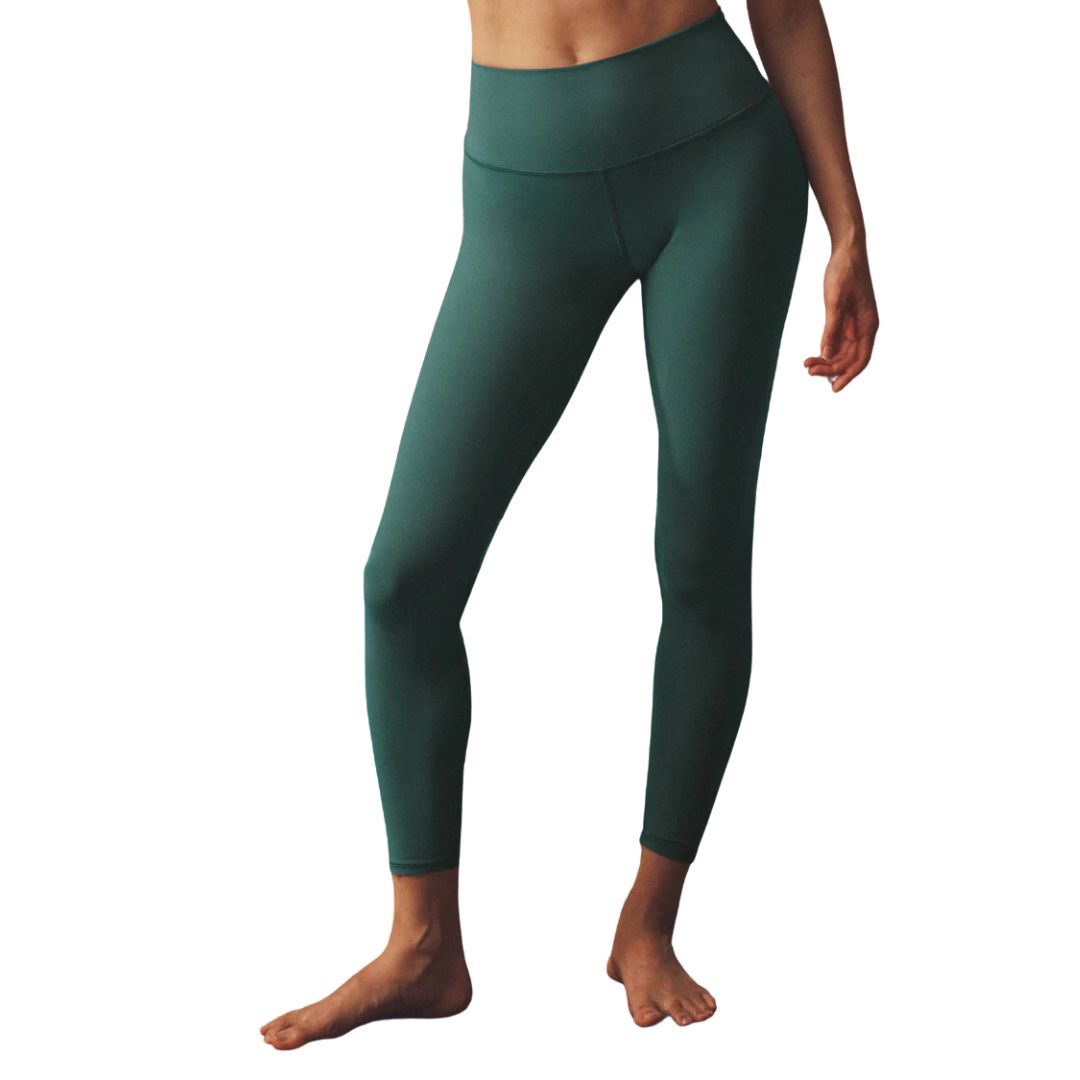
Could there be a sweeter shade of pink for your Pilates practice? We think not. Even better, these Alo Yoga leggings are perfectly stretchy, supportive and soft - add yours to basket before the pastel hue sells out.
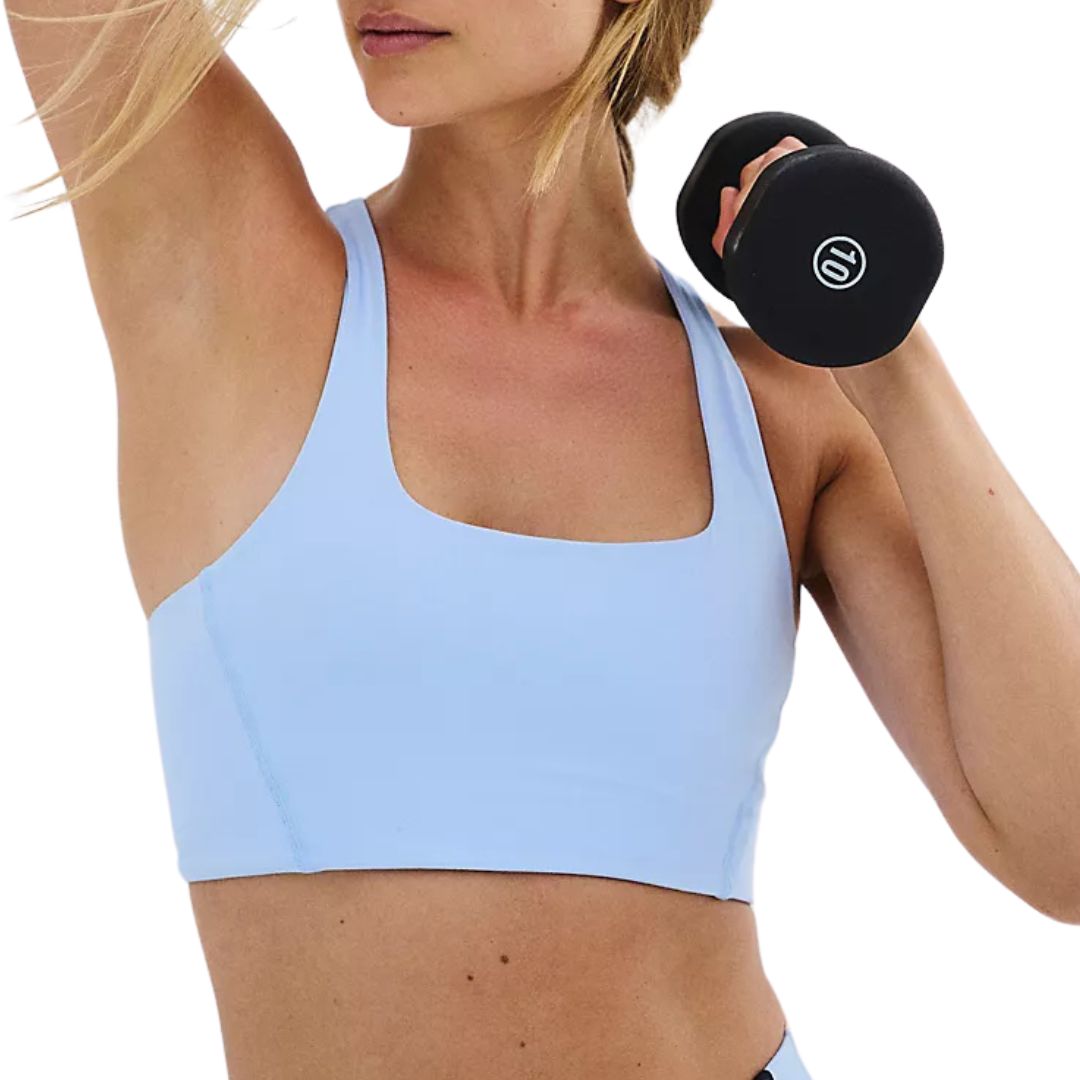
Breathable, lightweight and subtly supportive, this square neck bra from FPM is consistently on our wish lists - it'll take you from Pilates class to WFH in style.
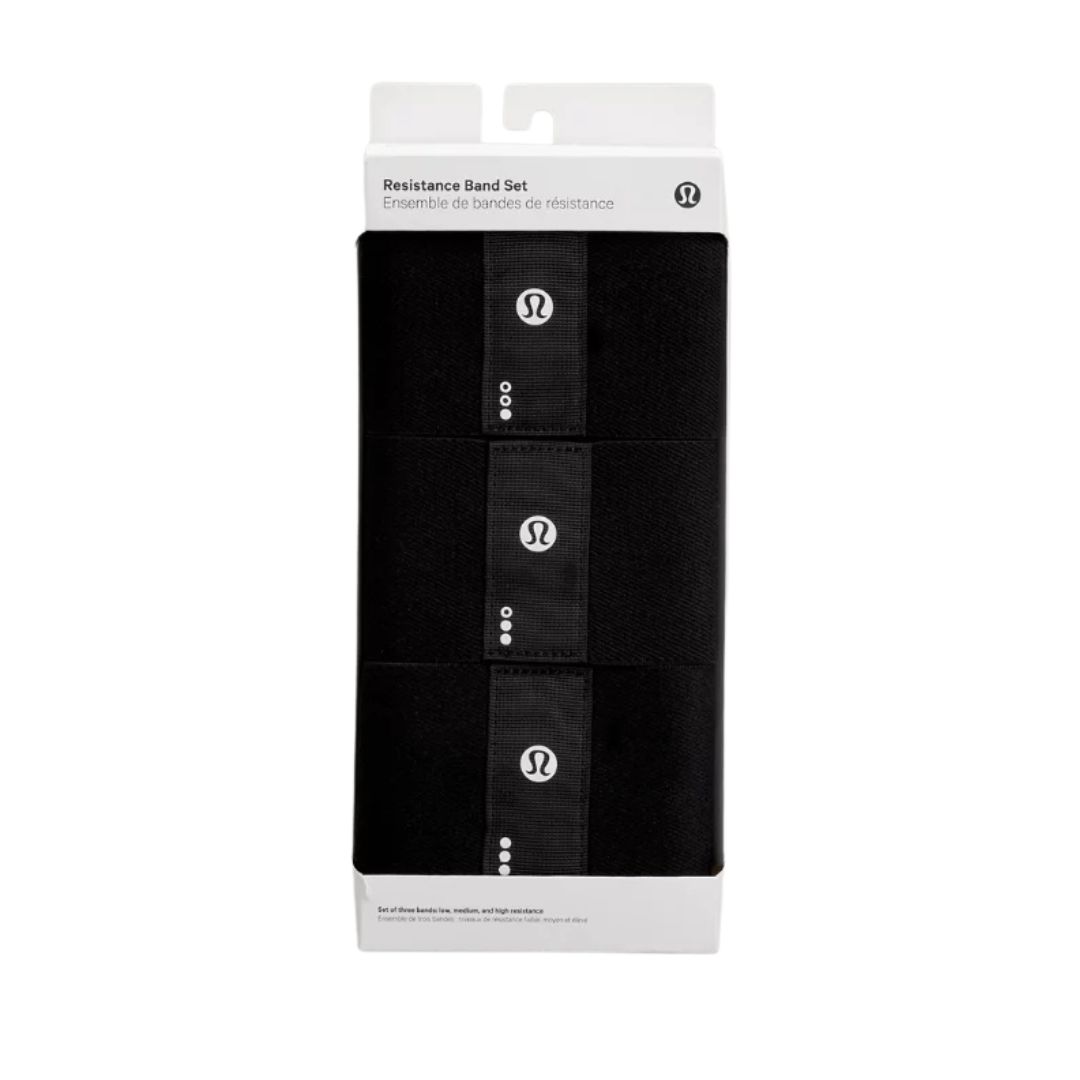
Resistance bands are always a good idea, and never more so than for vertical Pilates - use them to add extra spice to your moves.
Is vertical Pilates suitable for beginners?
As with all forms of the practice, vertical Pilates is a super accessible workout. That said, it is best to have at least some experience under your belt, first.
"Vertical Pilates is best suited for those with a solid foundation in the basics, including breathwork, technique, and positioning," advises Miller. "To ensure the best experience, we recommend clients complete at least 10 barre classes before joining. These sessions are taught to the rhythm and beat, incorporating a cardio element. Once clients are confident in their form and flow, they’ll be well-prepared for success in all future Standing Reformer sessions."

Anna Bartter is a freelance journalist who writes about health, fitness and women's lifestyle for publications including Stylist, Metro and Psychologies, among others.
She's always on a quest to find a variety of fun and functional workouts that give you the most bang for your workout buck and she's passionate about championing movement for everyone's mental and physical wellbeing.
-
 Prince Harry's "proud" words about wife Meghan Markle are going viral
Prince Harry's "proud" words about wife Meghan Markle are going viralBy Jenny Proudfoot
-
 Sources have opened up about Timothée Chalamet and Kylie Jenner's "intense" start to the year
Sources have opened up about Timothée Chalamet and Kylie Jenner's "intense" start to the yearBy Jenny Proudfoot
-
 Two Hollywood actresses were offered the role of Carrie Bradshaw before Sarah Jessica Parker
Two Hollywood actresses were offered the role of Carrie Bradshaw before Sarah Jessica ParkerBy Jenny Proudfoot
-
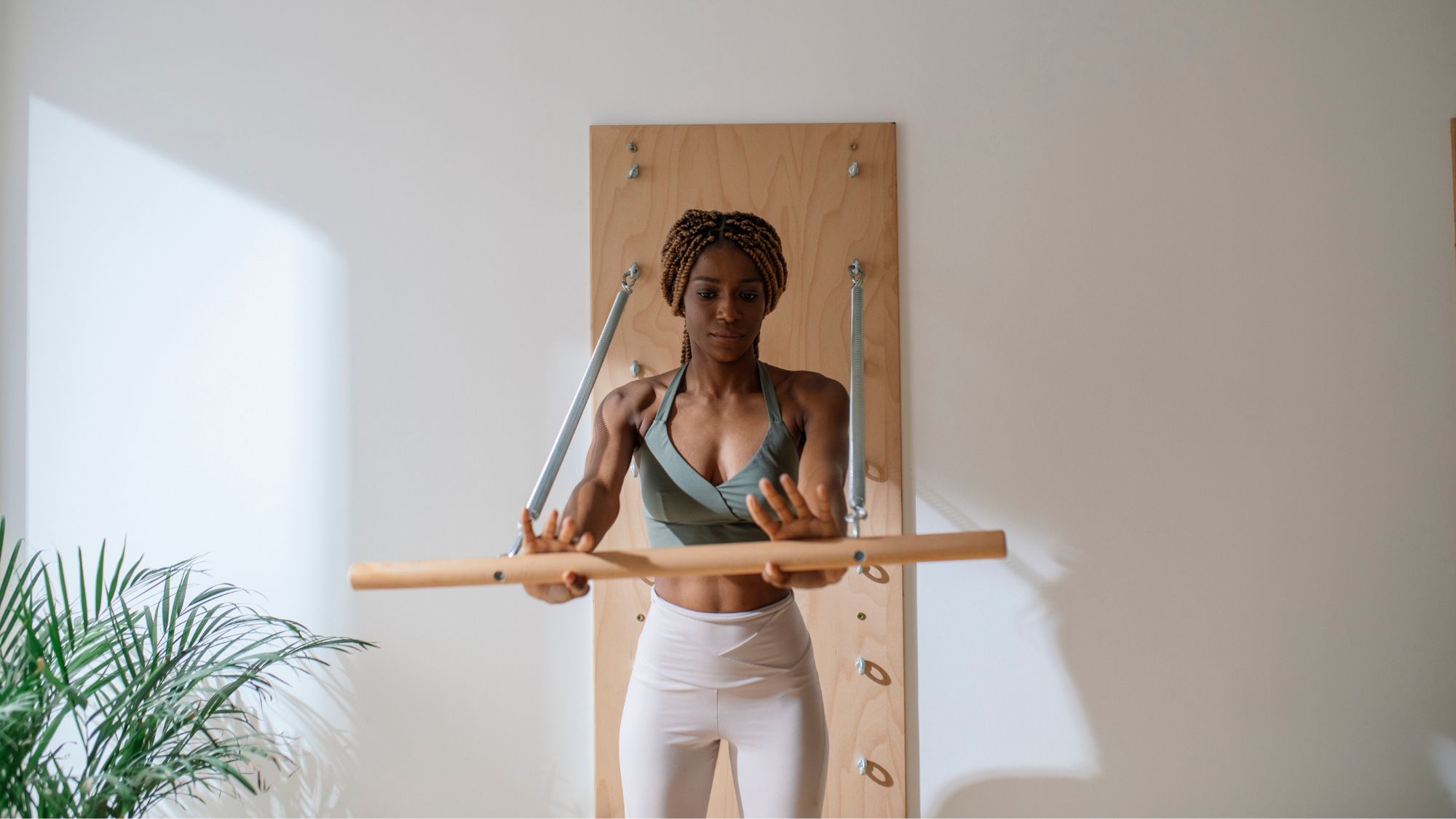 Stop what you're doing: these are, hands down, the best wall Pilates workouts for the core, according to top instructors
Stop what you're doing: these are, hands down, the best wall Pilates workouts for the core, according to top instructorsRigs at the ready.
By Katie Sims
-
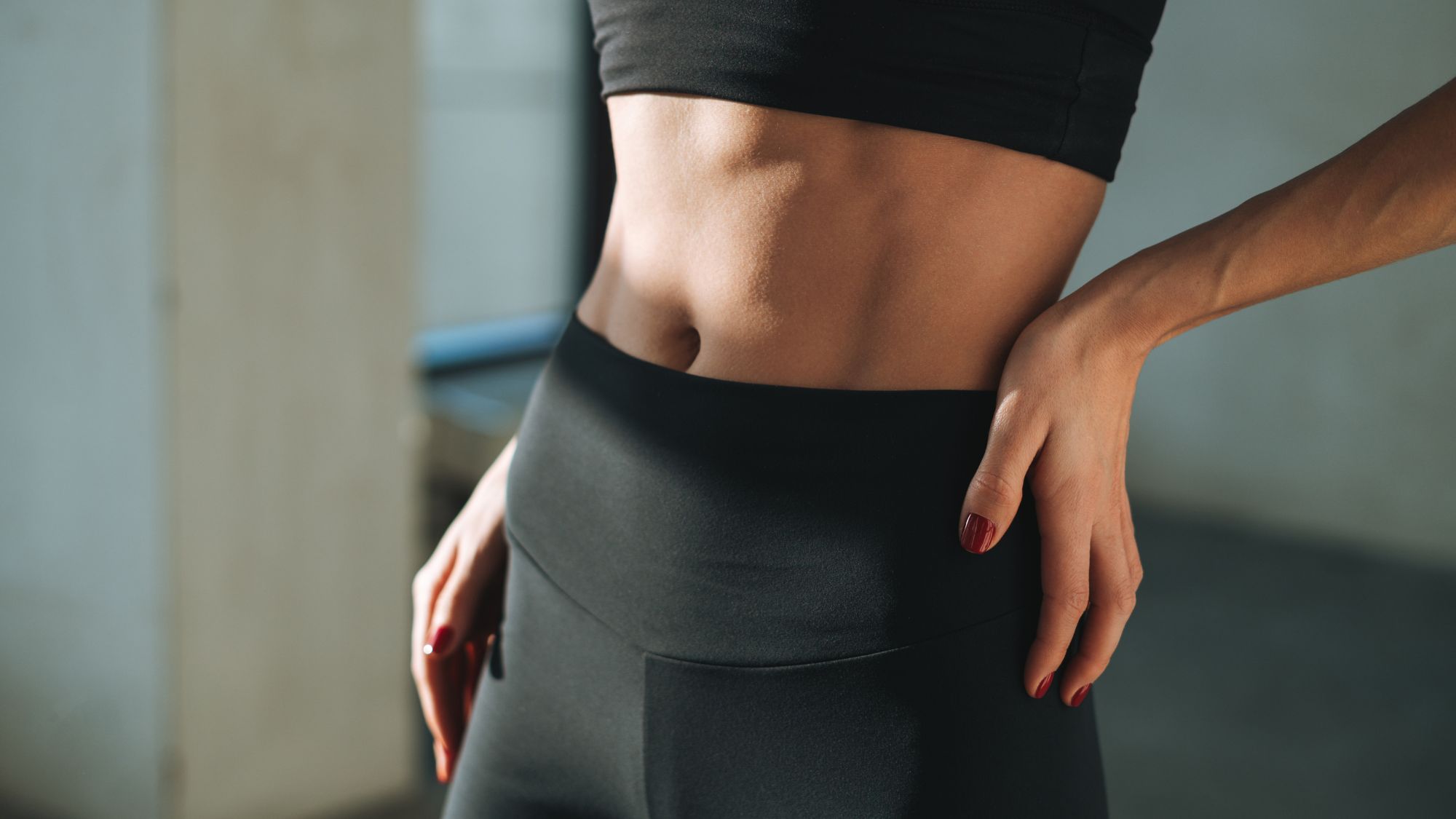 Modern Pilates is one of the most fun yet effective ways to strengthen and lengthen your body - 6 exercises to try
Modern Pilates is one of the most fun yet effective ways to strengthen and lengthen your body - 6 exercises to tryKeen to strengthen your entire body? This one's for you.
By Anna Bartter
-
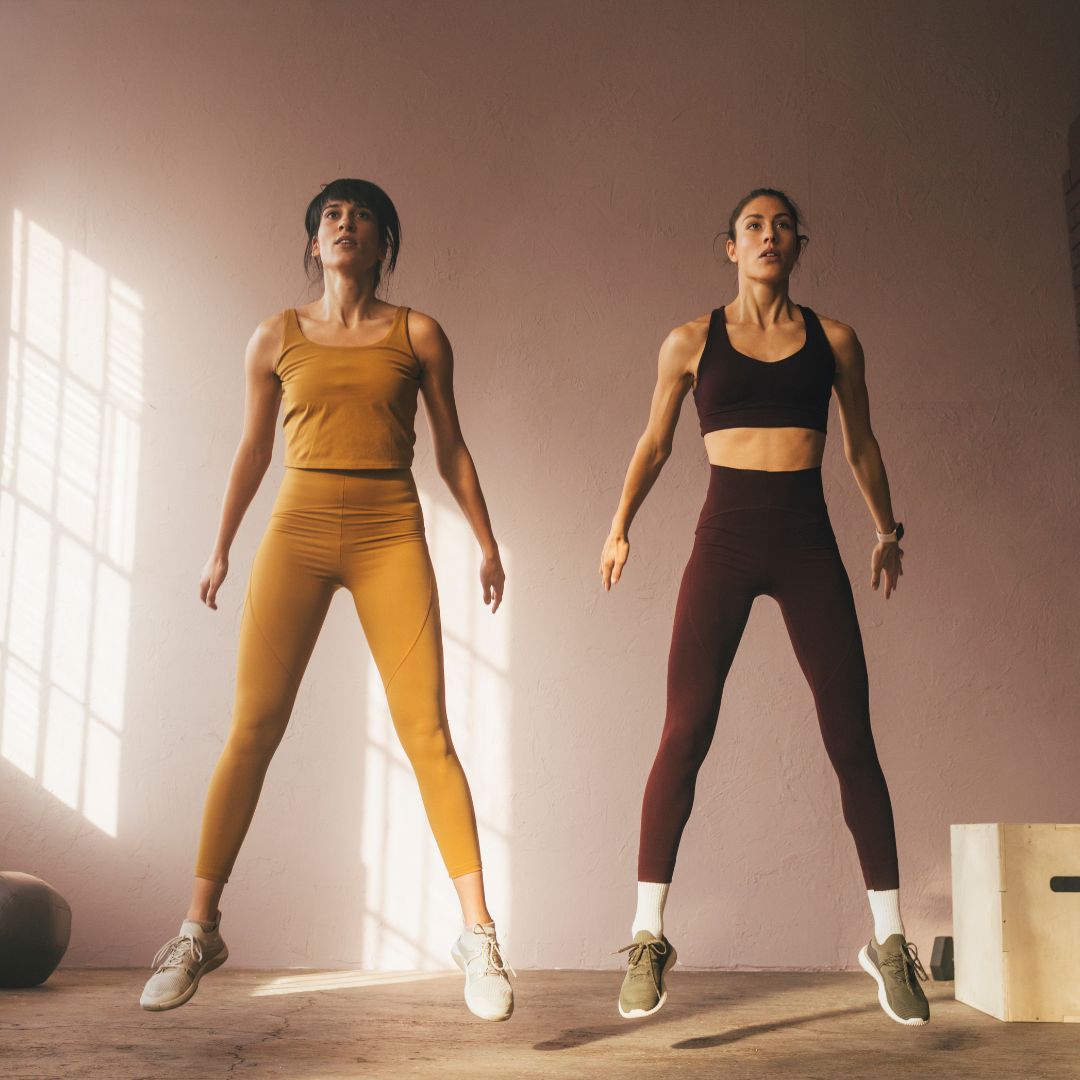 Jump training workouts are being hailed as the best longevity workout you can do - a top personal trainer shares their guide
Jump training workouts are being hailed as the best longevity workout you can do - a top personal trainer shares their guideJump to it...
By Katie Sims
-
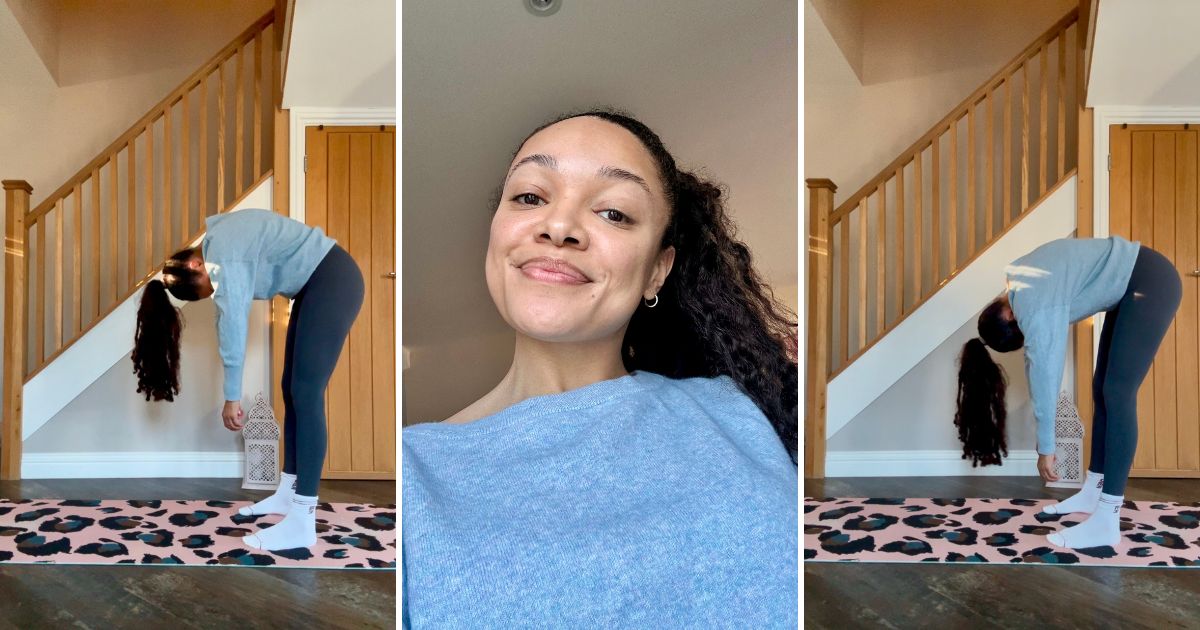 I tried Pilates roll-downs every day for a week - and was amazed at how quickly it eased years of stiffness
I tried Pilates roll-downs every day for a week - and was amazed at how quickly it eased years of stiffnessConsider my spine more mobile than before.
By Rebecca Shepherd
-
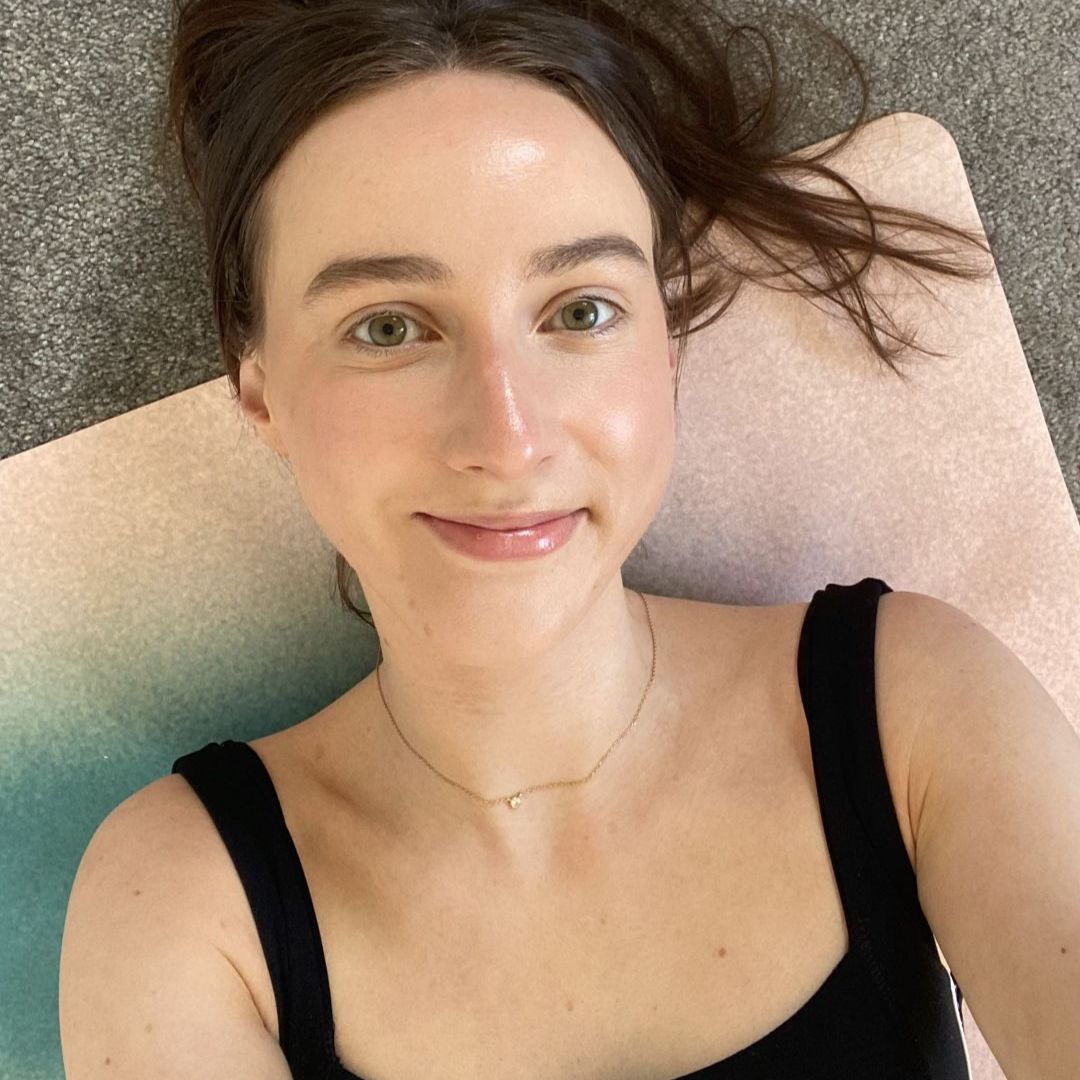 I tried Pilates scissors, the raved-about Pilates move - and think it's the best combination of stretching and strengthening ever
I tried Pilates scissors, the raved-about Pilates move - and think it's the best combination of stretching and strengthening everTrust me, this one's worth trying.
By Katie Sims
-
 Power walking is the latest trending workout - and it promises to supercharge your health in the simplest way
Power walking is the latest trending workout - and it promises to supercharge your health in the simplest wayKeen to find out more? Step this way...
By Rebecca Shepherd
-
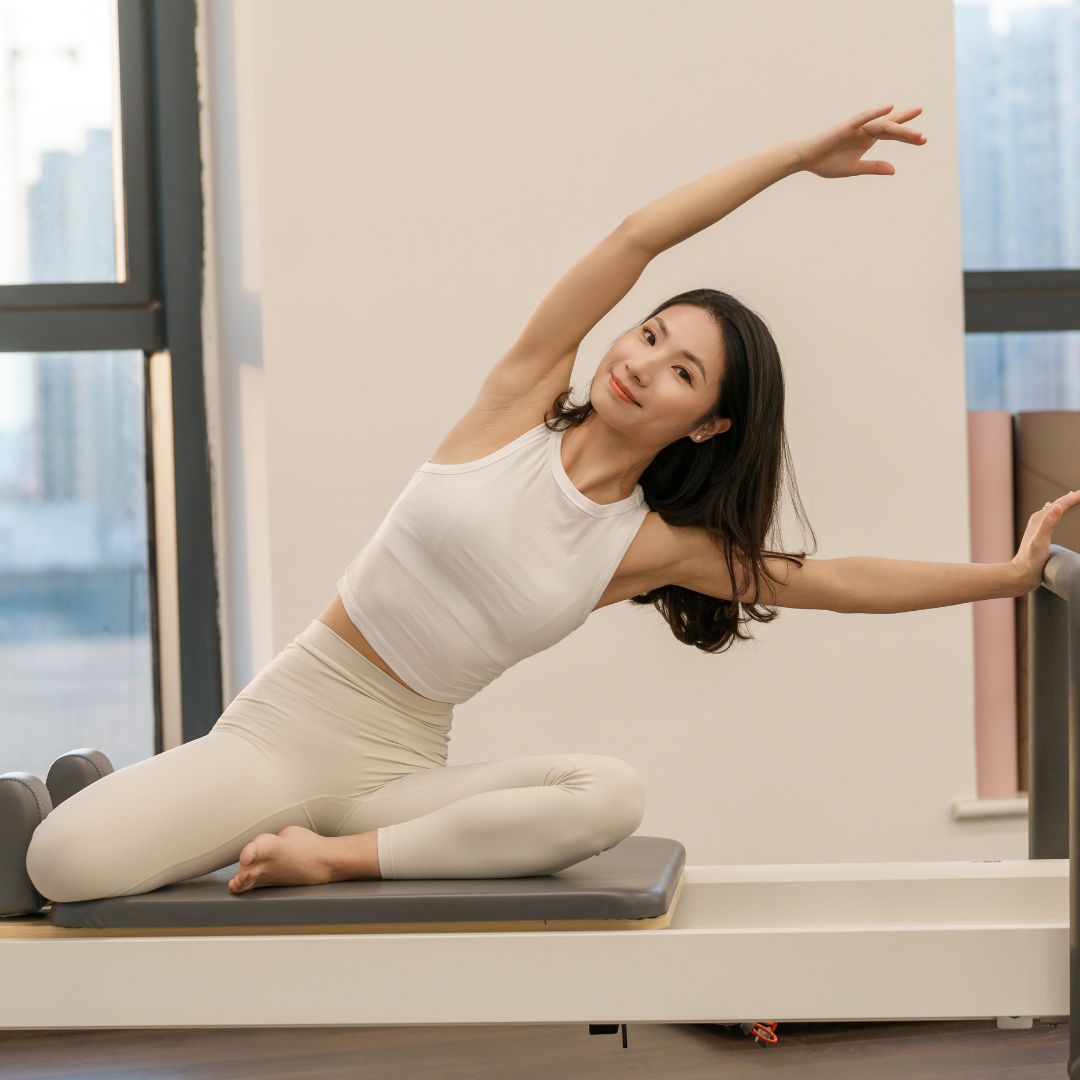 Eager to build a strong, stable core from home? 7 advanced Pilates core exercises that coaches do themselves
Eager to build a strong, stable core from home? 7 advanced Pilates core exercises that coaches do themselvesStability, strength *and* control? It's a yes from us.
By Anna Bartter
-
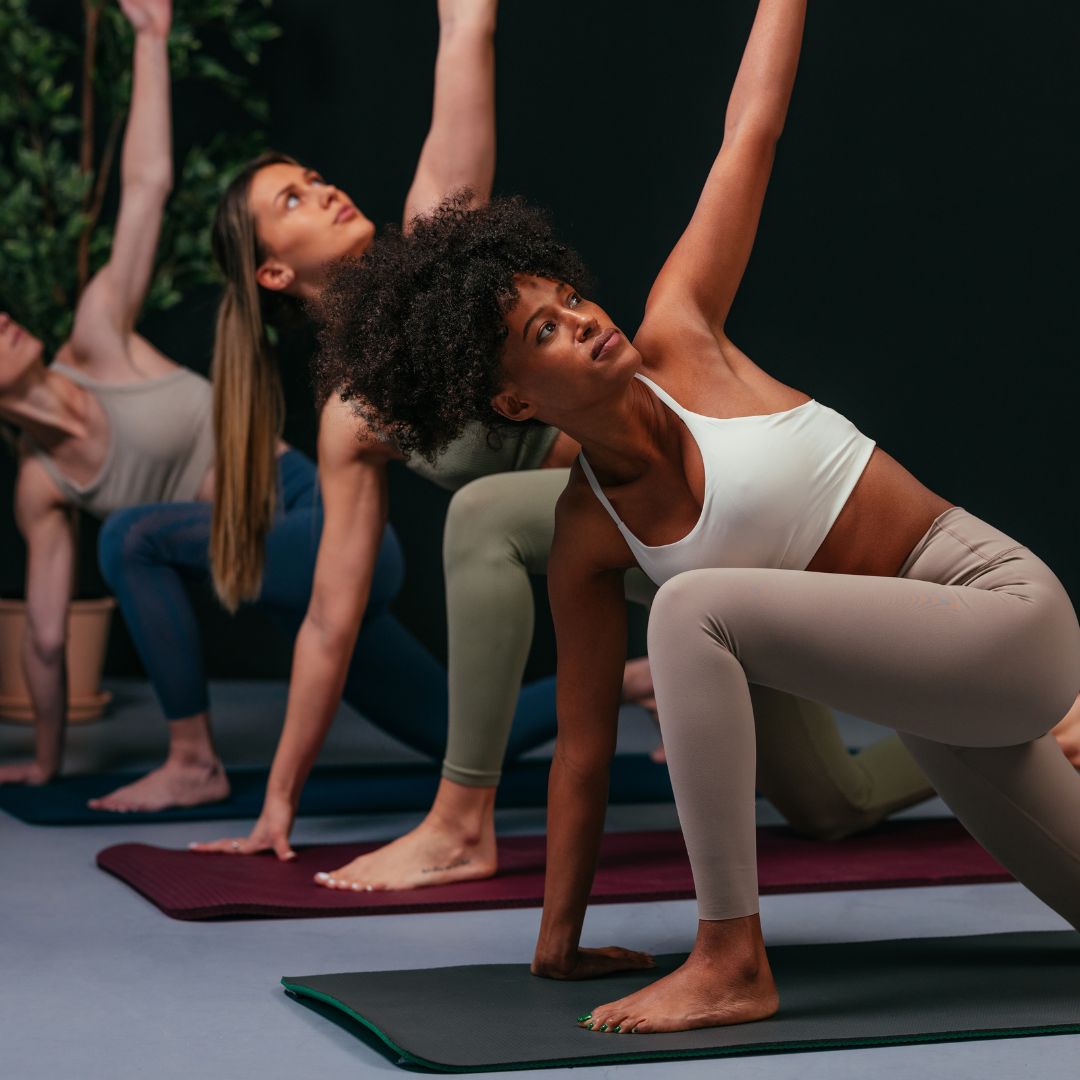 Classical Pilates is raved about worldwide as the most effective type of Pilates you can do - 8 exercises that instructors recommend
Classical Pilates is raved about worldwide as the most effective type of Pilates you can do - 8 exercises that instructors recommendTried, tested and trusted moves.
By Katie Sims




